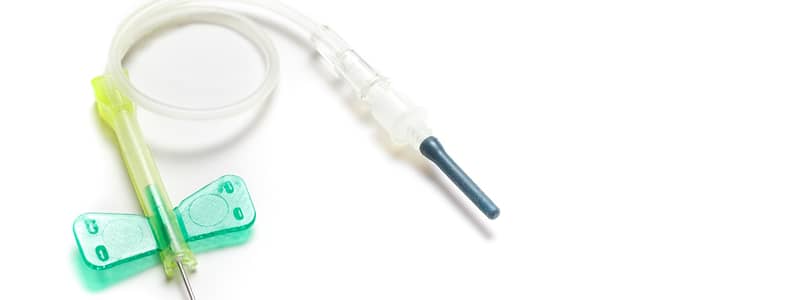
Drain Uses
After a surgery like a tummy tuck, when fat and skin are removed from the body, the area becomes typically inflamed, simply disturbing and manipulating tissue. In addition, fluid is likely to build up around the incision site and in every area affected by the tummy tuck. To mitigate this problem, a surgeon will insert a small, clear tube into the body; this tube then connects to a bulb or bag that collects the fluid. This keeps swelling to a minimum and speeds up the healing process. Each bulb or bag needs to be emptied several times a day to allow for more fluid to be drained and because the negative space caused by an empty drain improves the draining process.
Fluid Collection
Do not be alarmed if one drain seems to be collecting more fluid than another drain, or even if one seems to collect nothing while the other collects a lot. Both of these situations are perfectly normal and nothing to worry about.
For the week to two weeks that these drains are in place, it is essential to keep the area as dry and clean as possible, as this will stave off infection and any other complications that may occur.
The Number of Drains
How many drains a patient has will depend on the patient’s body and how extensive the tummy tuck was. Some women have only one drain, while others may have up to three. Before having a tummy tuck, it is essential to discuss with the doctor how many drains he or she may place and how long the surgeon expects them to remain in the body. Though most women find that a drain can be easily concealed beneath clothing, these drains may impede returning to work or everyday life. The doctor can tell the patient how long the drains will remain in the body and continually check in with the patient to see what kind of progress is being made.
When Will Drains Be Removed
Most patients’ drains remain in the body between seven and ten days after surgery, though some patients may be able to have them removed after three to five days. Doctors will monitor how much fluid is draining from each area, and when the drains are no longer relieving a large amount of fluid, the doctor will remove the drain.
Contact Marin Aesthetics to schedule a consultation.
*The content in this blog is developed to spread the awareness towards plastic surgery. Our blog is not intended to serve as a replacement for an actual in-office consultation with Dr. Marin. As such, the information within this blog reflects the unique cases of our individual patients.
Comments are closed here.